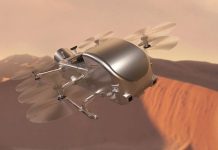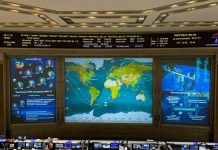The idea of using resources in situ opens up the possibility of building a base on the moon and using sulfur as a resource to create solar panels, fertilizers, and concrete
On August 23, 2023, the Indian lander Chandrayaan-3 landed at a distance of 600 km from the South Pole of the Moon. For about 14 Earth days, Chandrayaan-3 provided scientists with new data to study the Moon. The Indian Space Research Organization shared the first results.
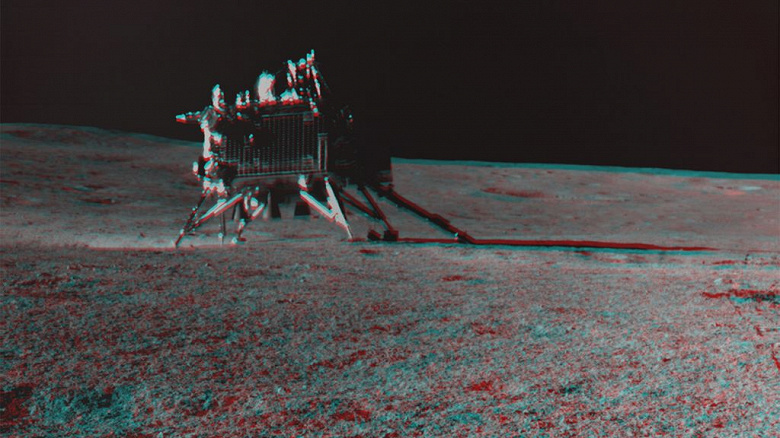
While data from the unmanned Chandrayaan-3 rover, named Pragyan, meaning “wisdom” in Sanskrit, showed that the lunar regolith contains expected elements such as iron, titanium, aluminum, and calcium, it also showed unexpectedly high concentrations of sulfur. Planetary scientists have always known that sulfur exists in lunar rocks, but they were confident that the concentration was very low. New measurements indicate higher sulfur concentrations than expected.
Pragyan has two instruments that analyze the elemental composition of soil – an X-ray spectrometer and a laser-induced degradation spectrometer, or LIBS. Both of these instruments measured sulfur near the planting site.
There are two main types of rocks on the surface of the Moon – dark volcanic rocks and light rocks. The difference in brightness between these materials creates the familiar “face on the moon” image.
Scientists measuring the composition of lunar rocks and soil in laboratories on Earth have found that material from dark volcanic plains typically contains more sulfur than material from light-colored mountainous regions. Sulfur is mainly a result of volcanic activity. Sulfur is found in deep layers, and when these rocks melt, the sulfur becomes part of the magma. When molten rock reaches the surface, most of the sulfur in the magma turns into gas, which is released along with water vapor and carbon dioxide. Some sulfur remains in the magma and is retained within the rock after it cools. This process explains why sulfur is mainly found in the dark volcanic rocks of the Moon.
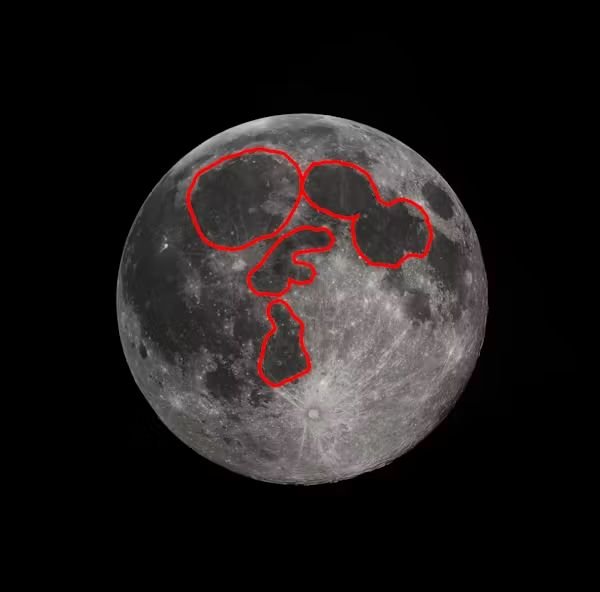
The sulfur measurements from Chandrayaan-3 were the first on the lunar surface. The exact amount of this element will be known when a full analysis of the data is completed. So far, data collected by the LIBS instrument on Pragyan suggests that the moon’s mountainous regions near the poles may have higher sulfur concentrations than equatorial regions and perhaps even higher than dark volcanic soils.
Measuring the amount and distribution of sulfur is interesting to scientists for at least two reasons. First, these discoveries indicate that the polar regions of the Moon may have fundamentally different composition compared to mountainous regions in the equatorial regions of the Moon. This difference in composition is likely due to different environmental conditions between the two regions—the polar regions receive less direct sunlight.
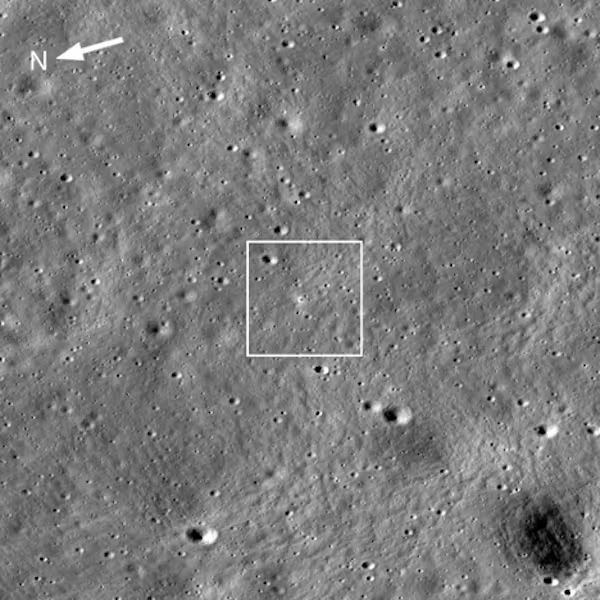
Second, these results indicate that there is some sulfur in the polar regions. The sulfurous materials could have formed from the extremely thin lunar atmosphere. The polar regions of the Moon receive less direct sunlight and, as a result, experience extremely cold temperatures compared to the rest of the Moon. If the surface temperature drops below -73 degrees Celsius, sulfur from the lunar atmosphere can condense and settle on the surface in solid form. Sulfur in the polar regions could also come from ancient volcanic eruptions on the surface of the Moon or from meteorites containing sulfur.
Many space agencies are thinking about establishing a base on the Moon for long-term space missions. Astronauts and robots will be able to travel from a base at the South Pole to collect, process, store, and use materials such as sulfur on the Moon. Utilizing resources locally means fewer trips to Earth for supplies and longer time spent on research. Using sulfur as a resource, astronauts will be able to create solar panels and batteries and use them in fertilizers and concrete. Sulfur in concrete has advantages over conventional concrete used in the construction of objects on Earth. First, sulfur concrete hardens and becomes strong in hours rather than weeks, and it is more resistant to abrasion. Plus, it doesn’t require water to make, so astronauts can save water for drinking and producing oxygen and rocket fuel.
There are currently seven missions operating on the Moon, but the Moon’s south pole has not previously been studied from the surface, new measurements from the Pragyan rover will help planetary scientists understand the geological history of the Moon. It will also allow scientists to learn more about how the Moon formed and evolved.



